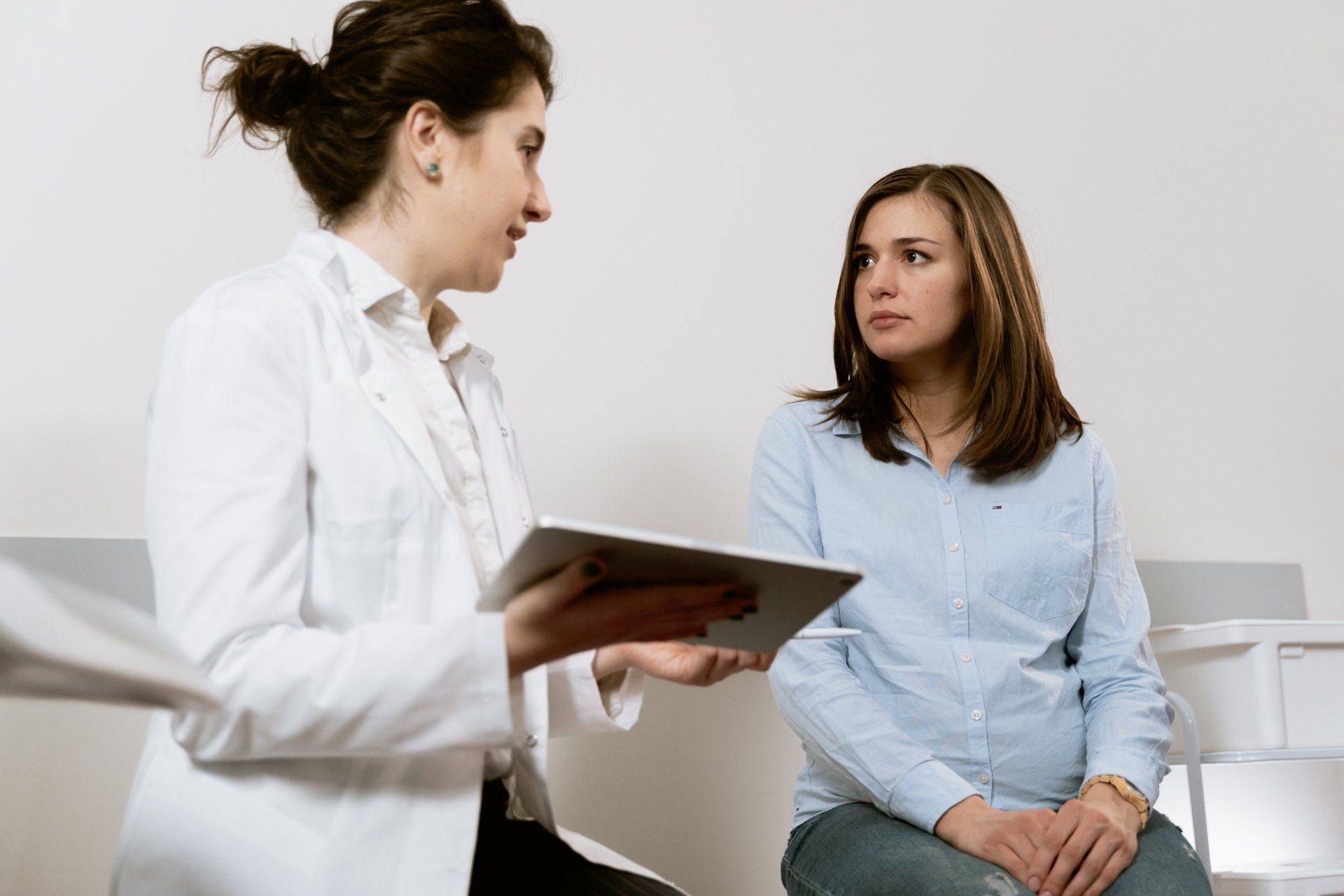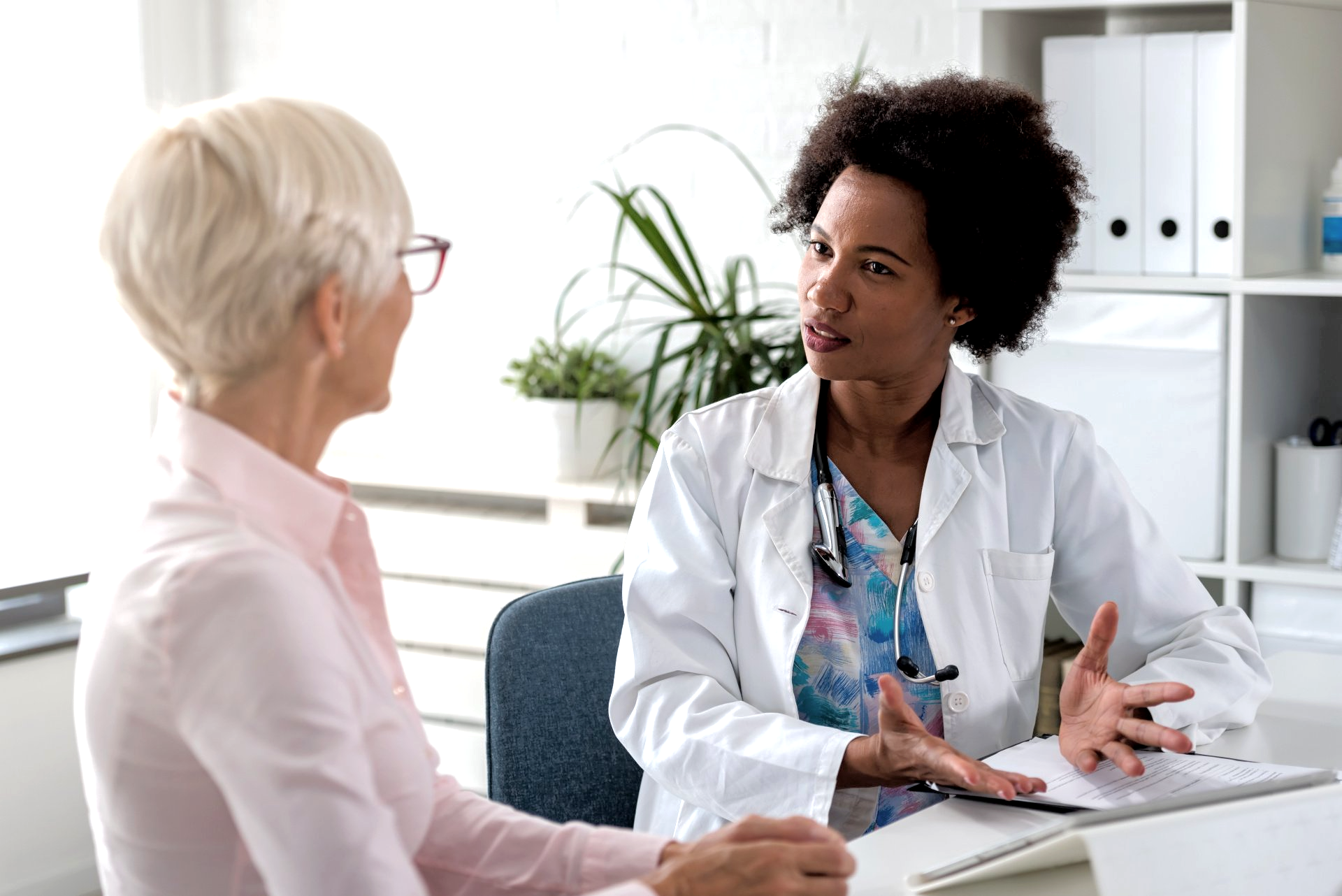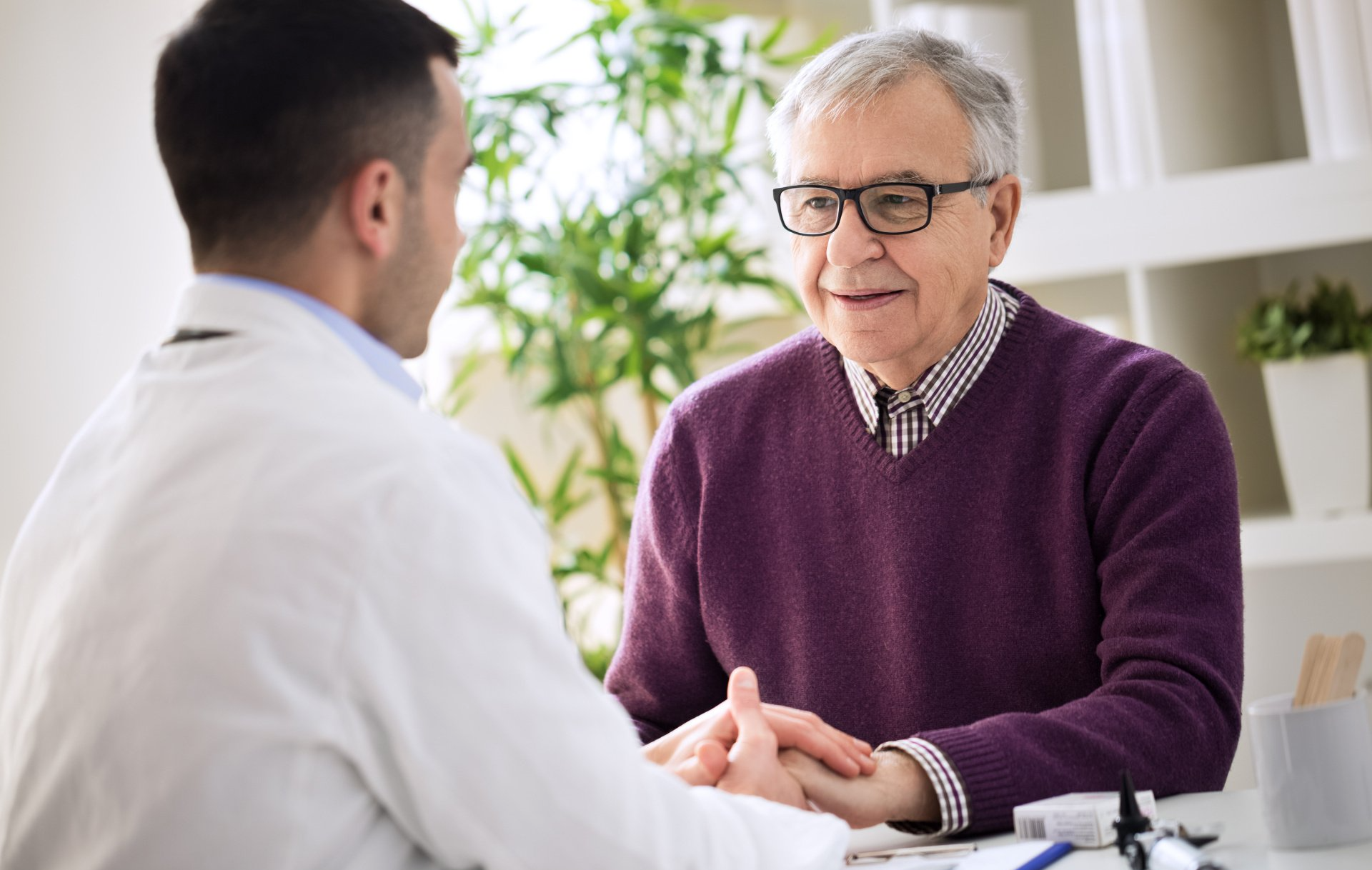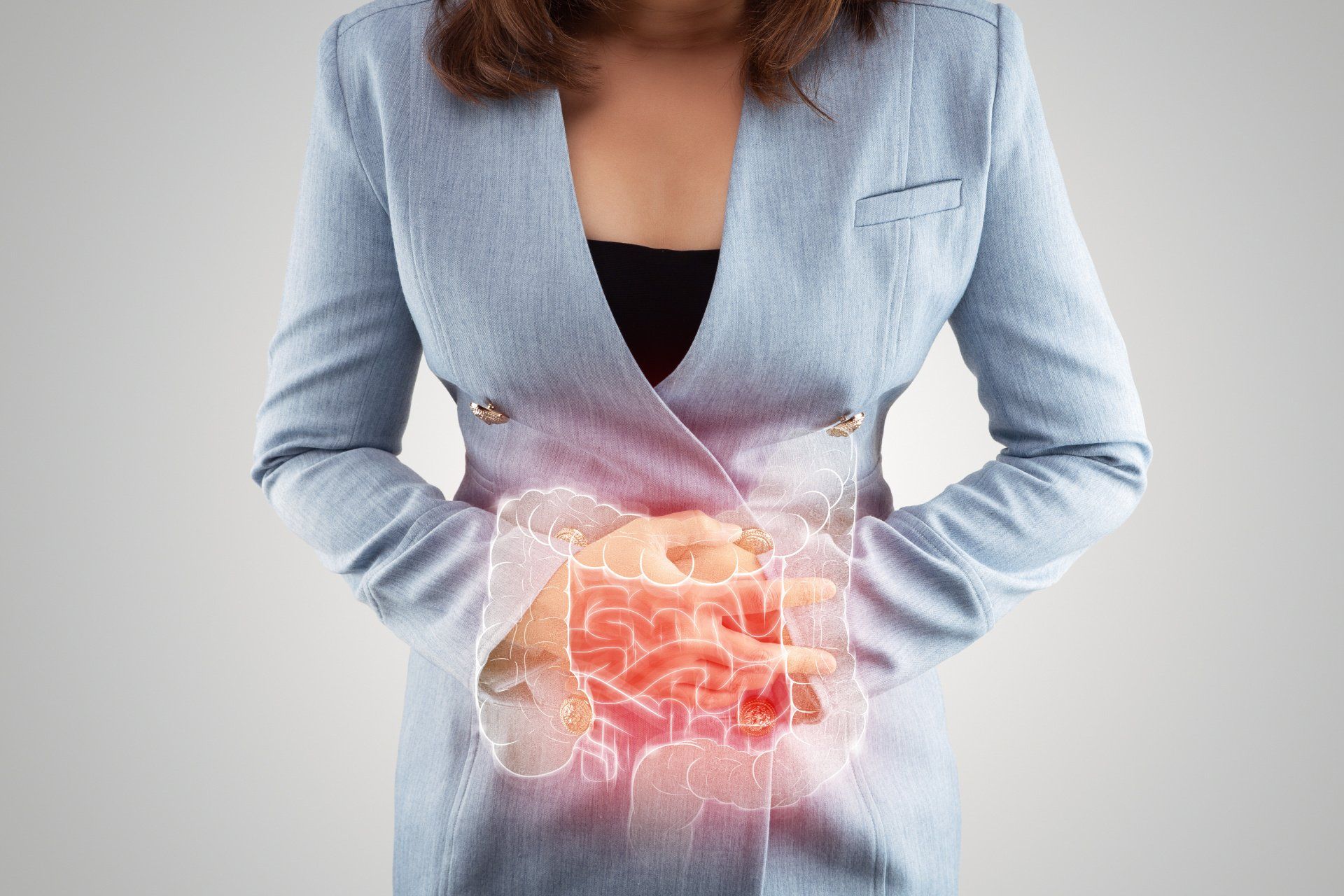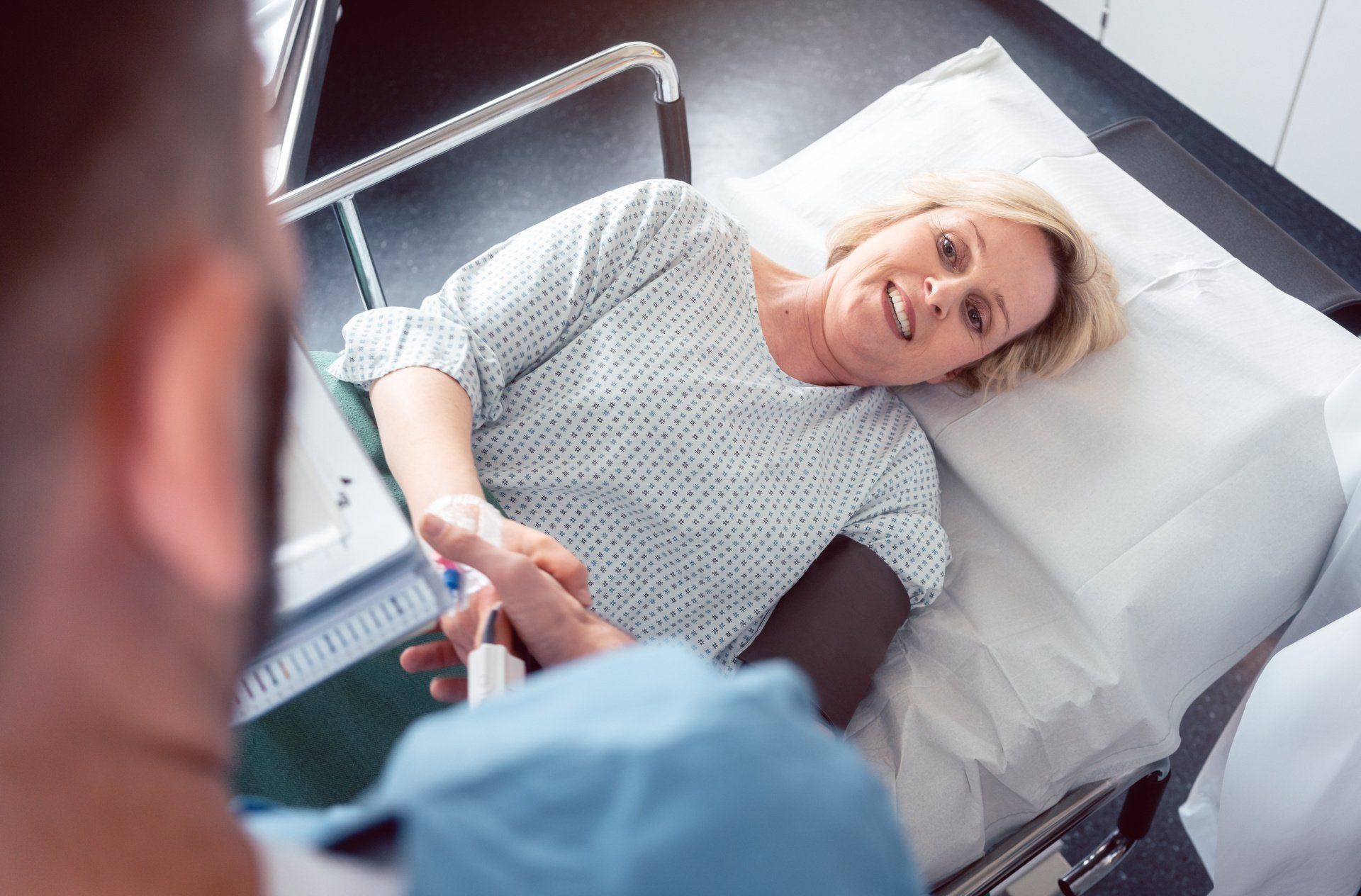Flexible Sigmoidoscopy | What to Expect & How to Prepare
A flexible sigmoidoscopy is an exam used to evaluate the lower part of the large intestine (colon). A thin, flexible tube with a tiny video camera at the top (sigmoidoscope) is inserted into the rectum. This exam allows the doctor to view the inside of the rectum, the sigmoid colon and around 50 centimetres of the large intestine.
If necessary, tissue samples (biopsies) can be taken through the scope during a flexible sigmoidoscopy exam. The samples taken will later be tested in the laboratory and your doctor will discuss with you the findings.
A flexible sigmoidoscopy exam doesn't allow the doctor to see the entire colon. As a result, flexible sigmoidoscopy alone can't detect all relating cancers or small clumps of cells that could develop into polyps farther into the colon.
Why might your doctor recommend a flexible sigmoidoscopy exam?
There are a couple of reasons for a GP or specialist doctor to recommend a flexible sigmoidoscopy exam:
- To investigate intestinal signs and symptoms. A flexible sigmoidoscopy exam can help your doctor explore possible causes for any abdominal pain, rectal bleeding, changes in bowel habits, chronic diarrhoea and other intestinal problems you have been experiencing.
- Screen for colon cancer. If you're age 50 or older and you have no colon cancer risk factors other than age — which puts you at average risk — your doctor may recommend a flexible sigmoidoscopy exam every five years to screen for colon cancer.
Sigmoidoscopy is one option for colon cancer screening, but there are other options that allow your doctor to view your whole colon, for example, a colonoscopy. Please discuss with your doctor all the options available to you and your circumstance.
Occasionally, sigmoidoscopy exams are preferred over a colonoscopy because:
- The preparation for sigmoidoscopy and the test itself can take less time
- An anaesthetic is not often required.
- There is a lower risk of direct harm such as a tear in the colon or rectum wall (perforation) with sigmoidoscopy, compared with colonoscopy.
How do you prepare for a flexible sigmoidoscopy?
Before a flexible sigmoidoscopy exam is carried out, you'll need to empty your colon. Any residue in your colon can obscure the view of your colon and rectum during the exam.
To empty your colon, you will need to follow your doctor's instructions carefully. Often people are asked to:
- Follow a special diet the day before the exam. Your doctor may ask you not to eat the day before the exam. Drinks may be limited to clear liquids — plain water, tea and coffee without milk or cream. And you may be asked not to eat or drink anything after midnight the night before the exam.
- Take a laxative the night before the exam. If your doctor asks you to take a laxative, it will be in either pill or liquid form, and you’ll need to do this the night before.
- Use an enema kit. You will need to use an enema kit — typically a few hours before the exam — to fully empty your colon. You may even be asked to take two enemas – this is normal.
- Adjust your medications. Remind your doctor of your medications at least a week before the exam — especially if you have diabetes, if you take medications or supplements that contain iron, or if you take aspirin or other blood thinners. Your doctor may need to adjust your dosages or stop taking the medication temporarily before the exam is taken.
What happens during and after a flexible sigmoidoscopy?
Below is a breakdown of what to expect when having a flexible sigmoidoscopy.
During the exam
Wearing a hospital gown, you'll begin the exam lying on your left side on the exam table, usually with your knees drawn toward your abdomen. The doctor will then insert the sigmoidoscope into your rectum.
The sigmoidoscope contains a light and a tube that allows the doctor to place air into your colon. The air expands the colon to provide a better view of the colon lining. When the scope is moved or air is introduced, it is common to experience abdominal cramping or the urge to move your bowels. This is normal but if you are concerned, please discuss it with your doctor during the time of the exam.
The sigmoidoscope also contains a tiny video camera at its tip, that sends images to an external monitor so that the doctor can study the inside of your colon. Your doctor may also insert instruments through the scope to take tissue samples (biopsies).
Typically, a flexible sigmoidoscopy exam takes 15 to 20 minutes. In the case biopsies are taken, the exam may take longer but your doctor will talk you through the process.
If a polyp is found during the exam, your doctor will likely recommend a full colonoscopy to look at your full colon, as other polyps may be present further up in the colon where the flexible sigmoidoscopy cannot reach.
After the exam
After the flexible sigmoidoscopy exam, it is common to experience mild abdominal discomfort and bloating, and you may pass more gas than usual for a few hours as you clear the air from your colon. To relieve any discomfort, we recommend walking, and you should be able to return to your usual diet and activities right away.
You may also notice a small amount of blood in your first bowel movement after the exam, which is common. However, if you continue to pass blood or blood clots, have persistent abdominal pain, and/or a fever of 100 F (37.8 C) or higher, please consult your doctor straight away.
What happens with the results?
Your doctor will review the results of your flexible sigmoidoscopy exam and then share them with you.
- Negative result. The results of a flexible sigmoidoscopy exam are considered negative if there are no abnormalities in the colon. If you're at average risk of colon cancer, with the only risk factors being your age, the doctor is likely to recommend waiting five years before repeating the exam.
- Positive result. The results of a flexible sigmoidoscopy exam are considered positive if the doctor finds polyps or abnormal tissue in the colon. Depending on the results, you may need additional testing, like a colonoscopy, so that any abnormalities can be examined more thoroughly, biopsied or removed (if necessary). During a colonoscopy, your doctor will screen the entire colon for any other abnormalities.
How much of your colon can be viewed during a flexible sigmoidoscopy depends on the anatomy of your colon and the success of the colon preparation. If your doctor has any concerns regarding the quality of the view through the scope, they are likely to recommend a repeat flexible sigmoidoscopy exam or another screening test that is more suitable. Again, your doctor will discuss this with you in great detail, to ensure you are well informed and as comfortable as possible.
Care at Chartwell Hospital
At Chartwell Gut Health, we have a team of specialists dedicated to providing the best possible care for all of our patients. We diagnose and treat common abdominal symptoms such as rectal bleeding, change in bowel habits and abdominal pain which can be distressing for patients. In most cases, the symptoms are due to underlying health problems. However, for more serious cases, early detection, diagnosis, and treatment are key to recovery.
Our specialists use comprehensive examinations, such as colonoscopy, gastroscopy and flexible sigmoidoscopy to diagnose various digestive health conditions. We work hard to provide compassionate, personalised care and will work with you to review your options and choose the testing/treatment that best suits your needs and preferences.
To book a FREE consultation with us, please complete this online form and one of our team will be in touch with you to discuss the options you have.
